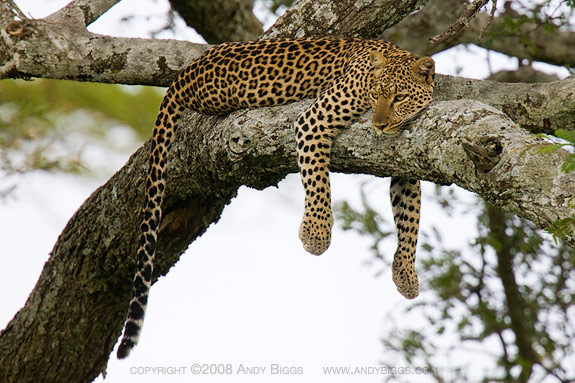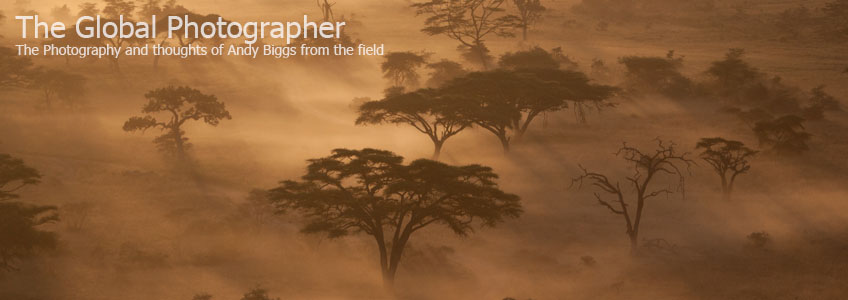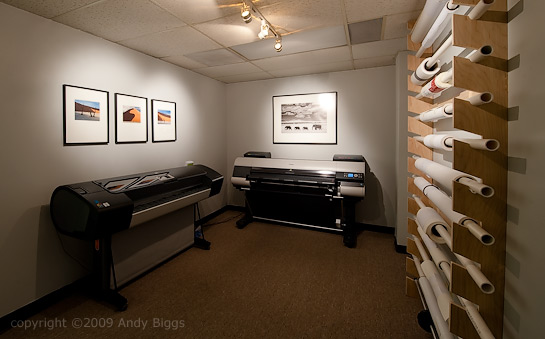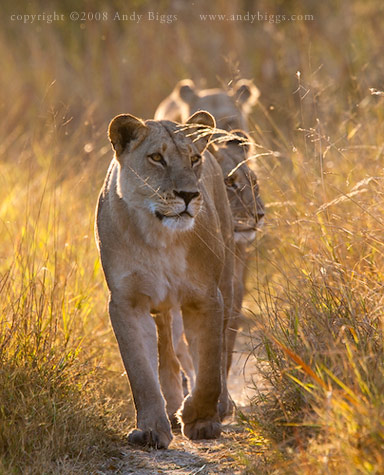Photo Safari 101: Types of Safaris
 Sunday, October 12, 2008 at 02:01PM
Sunday, October 12, 2008 at 02:01PM There are many different types of safaris in Africa, and one should understand the differences between them. Here are some basic ideas of what the different types of safaris are, and what you might expect if you are to join one of these trips.
Photographic Safari
This is probably the most obvious and most requested of the safaris in Africa, although what is actually delivered can vary widely. Simply put, the photographic safari is a safari where photography is the primary purpose of the trip. Sometimes a photographic safari is really just a wildlife viewing safari and nothing else, and sometimes the safari can be a trip where all travelers are photographers with tons of equipment and photography is the only concern. And sometimes it is something in between. Some photographic safaris are safaris that have been put together for a group of people, possibly up to 12 people (like my own safaris), some safaris have a heavy teaching component to them, and some are nothing more than a safari that has been put together by a group of friends that are also keen photographers.
When I think of a photographic safari I think of like-minded people on safari that have photography as their main goal for the trip. I know that my photographic safaris are this way, with the added benefit of having leader of the group that is a photographer than also enjoys teaching photographic skills in a relaxed setting.

Leopard, Serengeti National Park, Tanzania. January 2008
Canon 1DsMkIII, 400mm f/4 DO IS + 2x TC, 1/250 @ f/8, ISO 1600
Walking Safari
Walking safaris are a great option for those travelers who are seeking a different view, as well as some exercise. Walking safaris can be extremely rewarding, as one is able to see and feel things that you cannot see from a vehicle. I have been on some amazing walking safaris where we were able to track white rhinos; something that is a much different experience when attempting from a vehicle. Many walking safaris focus on the smaller items, such as bugs, birds, trees, shrubs and tracking. A typical walking safari will take place in locations where there are fewer predators.
Cultural Safari
A cultural safari is one where the goal will be to interact with local communities. I have seen a trend in the industry to offer extensions to photographic safaris where there is a 'day of service' at the end of the trip. These days of service are opportunities to give back to communities in need, whether it is building schools, teaching a language, holding orphaned babies or just playing with children. Other types of cultural safaris might center around visiting villages for photographic opportunities. The ancient cultures of Ethipoia, the Maasai of Kenya and Tanzania, the Himba of Namibia come to mind.
Honeymoon Safari
Honeymoon safaris are typically private safaris, where the honeymooning couple arrange for a private vehicle and guide, and is setup as a custom itinerary.
Private Safari
A private safari might be one where you setup a custom itinerary, as opposed to selecting from a list of departure dates for itineraries that are shared with other people in a group. A private safari is one where the safari vehicle(s) is/are setup for the sole use of the travelers. Photographers often opt for such a safari, as photographers enjoy having more room in a vehicle for their camera gear. These photography trips could also be classified as group safaris, depending on the number of people on the trip.
Group Safaris
It is common in the safari industry for travel companies to publish a list of departure dates, and might allow for a maximum of 8 to 12 to 20 people in the group. The benefit is typically a cost savings.
Self Drive Safaris
There are some countries and parks that are excellent locations to do a self-drive safari. Countries such as Namibia, Botswana and South Africa are, in my opinion, the best self-drive locations.
Luxury Safari
This is a fairly obvious safari category!
Overland Safari
Overland safaris are setup as long journeys across multiple countries, often traveling over a month or longer period. The mode of travel is a large 4 wheel drive truck, and can accommodate up to 25 passengers. All travelers pitch their own tents, and often participate in the cooking and cleaning up of meals. This type of safari is attractive to college age travelers, and is quite affordable if you are willing to rough it for a little while.
Safari Extensions
Even if you book one of the safari types above, you can always add an extension to try something different. Here are some popular safari extensions:
- Victoria Falls
- Hiking with wild chimpanzees
- Explore Capetown
- The beaches of Zanzibar
- Hike Mount Kilimanjaro
In summary, there are many different types of safaris offered, and you should choose the type that best fits your needs. Since I am a photographer, I am mostly interested in visiting locations that have the best photography, but I am also interested in visiting locations that have the best vehicles for photographers, flexible dining schedules (we are out early and come back late), excellent guides and abundant wildlife.















